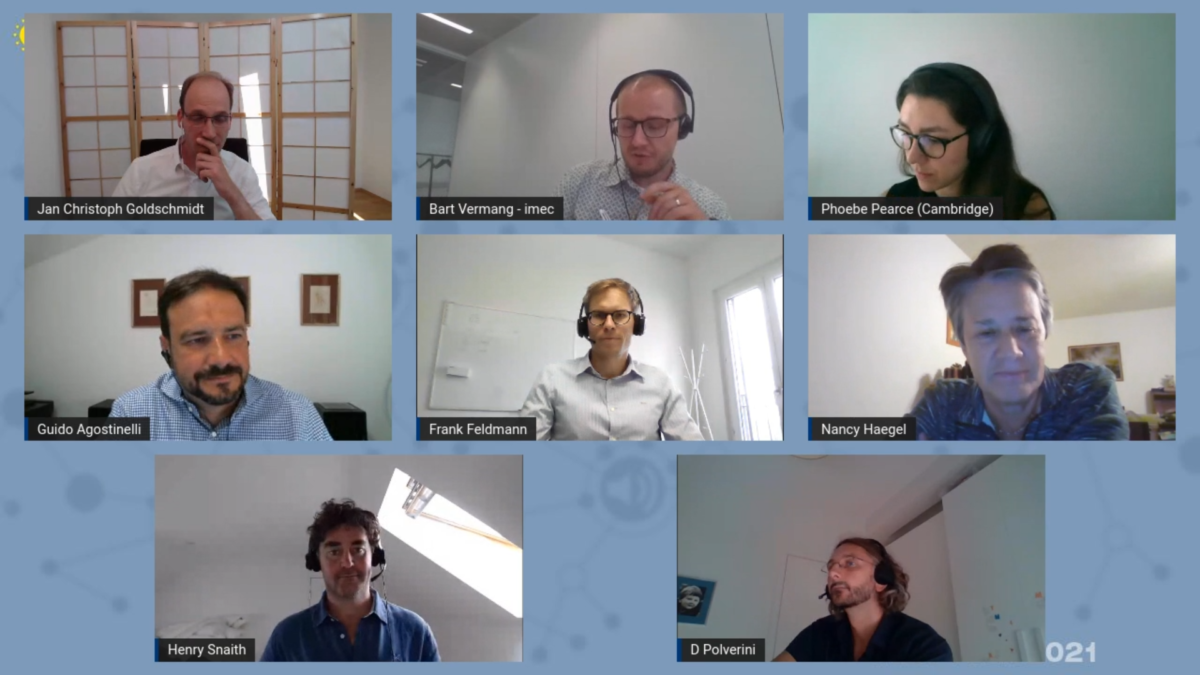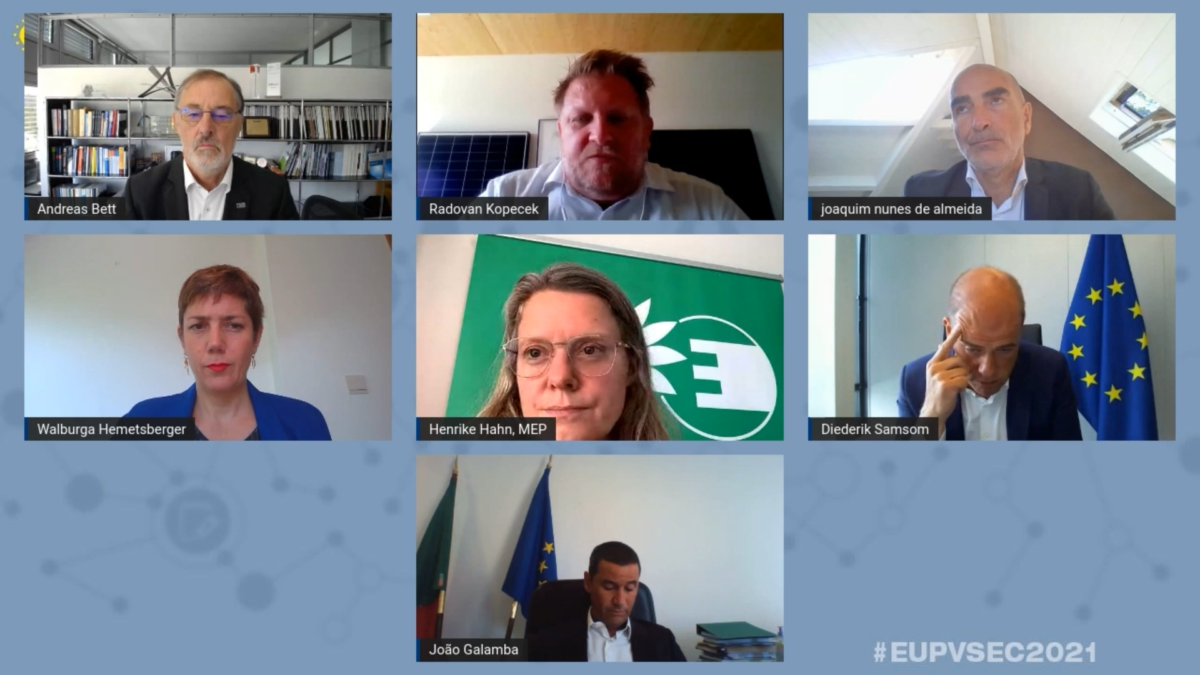The 38th edition of the European PV Solar Energy Conference and Exhibition (EU PVSEC) opened with a statement from European commissioner for energy Kadri Simson, who referred to solar as “a golden thread running through each of the [EU climate] policies,” and told the audience that the industry has “the green light from the commission.”
This level of optimism has carried throughout the conference. Presentations and discussions throughout the week have begun with the assumption that solar has a key role to play in the energy system, and focused on the most effective ways to achieve this without also creating additional problems in sustainability, materials consumption, grid stability and other areas. pv magazine’s takeaways from the event reveal an industry heading down the right path from the crossroads it stood at after last year’s event.
100% renewables is on the way
The concept of a 100% renewables-based energy system has been around for a while. In earlier days it was laughed, and more recently has been treated as a faraway ideal that might happen some time in the future. With many regions targeting full decarbonization only by 2050, such an energy system is still quite far off. However, the conference featured much discussion of how a 100% renewable energy system could be built and operated.
A panel discussion on Wednesday afternoon brought PV’s role in this into focus, and the importance of moving investments away from fossil fuel infrastructure, and building a system based on microgrids and energy communities and powered primarily by solar. Other topics, including manufacturing and recycling were also addressed with the assumption that we’ll see a massive increase in solar installations in coming years.
Grid integration also emerged as a key topic in this year’s conference, with much discussion around getting solar-generated electricity onto grids. This included plenty of new innovations in weather & power output forecasting for large-scale plants, as well as sector coupling, hydrogen, and other ways to ensure stable energy supply from a system led by solar.
Technology marches on
In some ways, it has been a fairly quiet year for cell and module technologies, with larger dimensions taking the place of progress in cell efficiencies or module energy yield. But there is plenty more on the horizon, as was in evidence at EU PVSEC
Tandem cell technologies were much discussed throughout the week. Though we’ll still have to wait a few years before we see them produced at anything like the current scale of silicon PV, these are surely the most exciting thing in the PV technology pipeline. A panel discussion held on Thursday afternoon with several leading perovskite researchers provided one of the highlights of the event. This brought the broad conclusion that perovskites are almost certainly the best material for the top cell in a tandem device, and that we will first see a wave of perovskite-silicon tandem cells, with dual-perovskite devices and possibly combinations with CIGS and other thin-film materials likely to follow.

Image: Mark Hutchins
Focus on reliability
The past couple of years have shown that even simply changing the size of a PV module can have big implications to its reliability, and to confirming reliability and performance through accelerated testing.
With several completely new PV technologies set to appear on the market in the next few years, and a whole new landscape of testing standards, handling/installation guidelines, and much more will have to be developed alongside this. At EU PVSEC this was particularly evident for perovskites, with sessions dedicated to developing standards both for laboratory testing and measuring outdoor performance.
But reliability in the current generation of PV technology is no less important, and this was demonstrated with the awarding of the Becquerel Prize to Ulrike Jahn, for her many years of work on improving reliability across the PV supply chain, and her leadership of Task 13 of the International Energy Agency’s Photovoltaic Power Systems Programme (IEA PVPS), which is focused on research into the performance, operation and reliability of PV systems.
PV is going everywhere!
Solar has long had the potential to be integrated into other industries and environments, and the large amounts of land required by large-scale solar plants is a growing concern in many regions. Aside from floating PV, however, applications like building-integrated or vehicle integrated solar have remained only a small niche.
Based on presentations at several sessions held on Thursday, change is on the way here, with many new innovations on show, particularly for modules designed as building materials that can be manufactured in a variety of different colors and surface textures. Further presentations made the case for vehicle integrated PV to extend the range of an electric car, and made the case for agrivoltaics with various approaches to dual land use for solar and farming.
This content is protected by copyright and may not be reused. If you want to cooperate with us and would like to reuse some of our content, please contact: editors@pv-magazine.com.




By submitting this form you agree to pv magazine using your data for the purposes of publishing your comment.
Your personal data will only be disclosed or otherwise transmitted to third parties for the purposes of spam filtering or if this is necessary for technical maintenance of the website. Any other transfer to third parties will not take place unless this is justified on the basis of applicable data protection regulations or if pv magazine is legally obliged to do so.
You may revoke this consent at any time with effect for the future, in which case your personal data will be deleted immediately. Otherwise, your data will be deleted if pv magazine has processed your request or the purpose of data storage is fulfilled.
Further information on data privacy can be found in our Data Protection Policy.